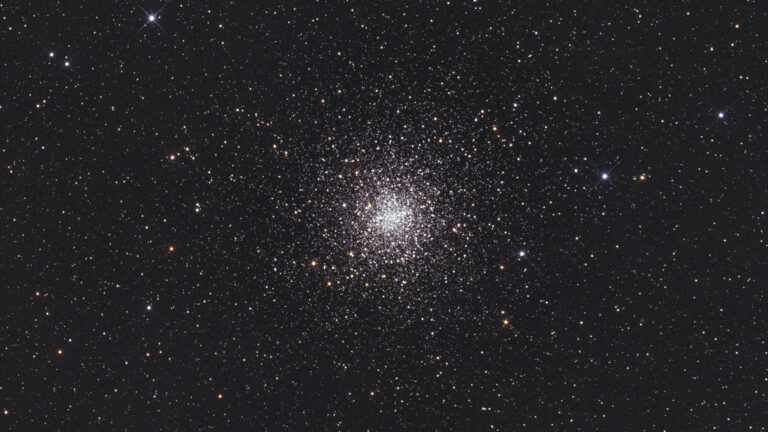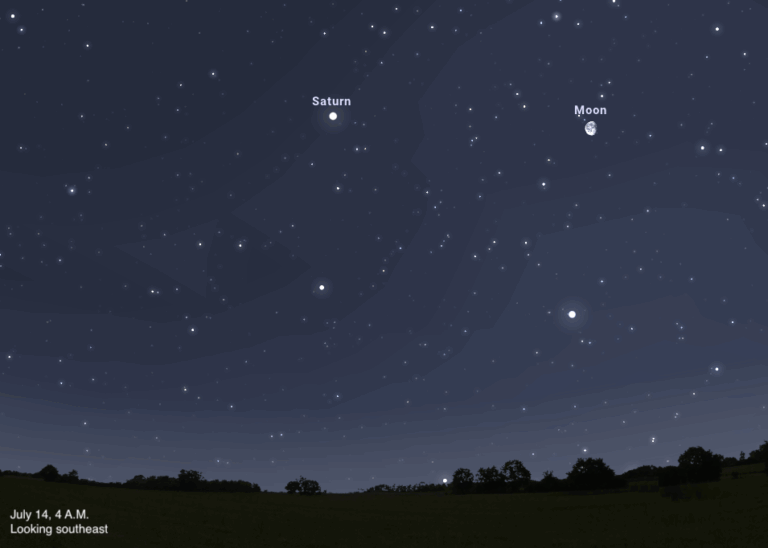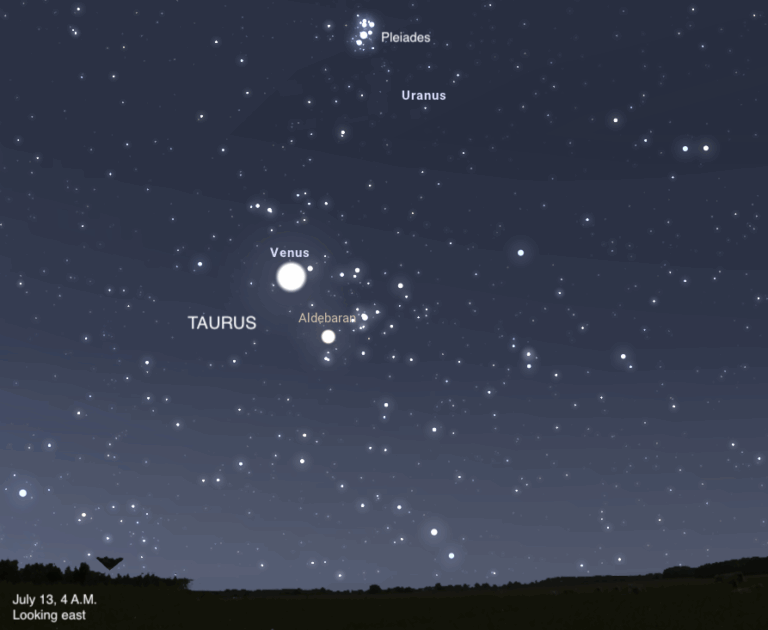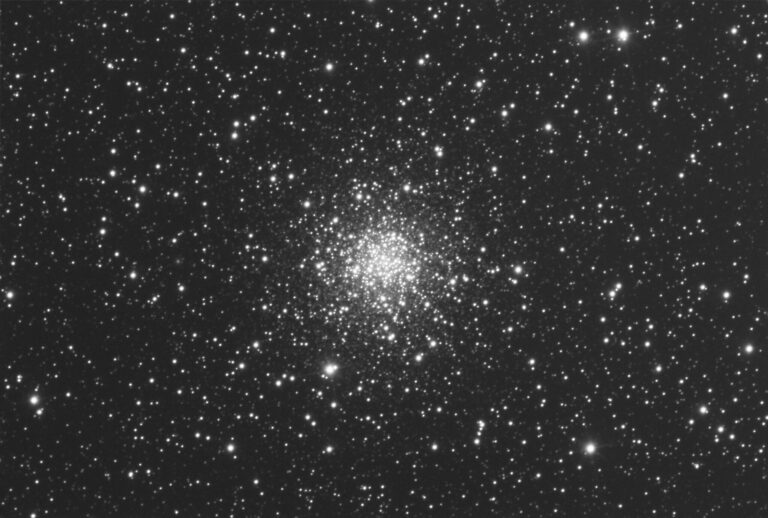Key Takeaways:
Thursday, August 19
Jupiter reaches opposition at 8 P.M. EDT tonight. Opposition simply means that, from our viewpoint on Earth, the planet is opposite the Sun in the sky. When at opposition, a planet rises around sunset and sets around sunrise, soaring through the skies all night and offering the best, brightest look at its disk.
Tonight, Jupiter is just inside the eastern border of Capricornus, roughly 3.6° northeast of 3rd-magnitude Deneb Algedi. The planet is a bright magnitude –2.9 and warrants a closer look with binoculars or, better yet, any telescope. Jupiter has several differently colored cloud bands on display, as well as a bonus: Its Great Red Spot — a churning, Earth-sized storm — is transiting tonight. This great tempest reaches the middle of the planet’s disk at 9:24 P.M. EDT, roughly half an hour before another exciting event is set to start.
At 9:50 P.M. EDT, both Io and its shadow simultaneously slip onto the planet’s eastern side. The pair continues across the disk together, both exiting at 12:08 A.M. EDT (August 20 for those in the Eastern time zone).
While you’re in the area, there’s another solar system object at opposition today: Asteroid 43 Ariadne reached opposition at 3 A.M. EDT in Aquarius, not far from Jupiter. Swing your gaze a little less than 8° north-northwest of the giant planet to find the 10th-magnitude world, which sits 3.5° east of magnitude 2.9 Sadalsuud. Discovered in 1857, Ariadne is roughly 60 miles (95 km) across along its largest dimension.
Planet Uranus reaches its stationary point tonight in the constellation Aries at midnight EDT. The best time to find it is early in the morning, so if you’re staying up overnight, you can catch it in the hours before dawn on the 20th. It’s located in the southern part of the constellation, about 5.7° north of 4th-magnitude Mu (μ) Ceti. Binoculars should net you the magnitude 5.8 planet pretty easily.
Sunrise: 6:16 A.M.
Sunset: 7:51 P.M.
Moonrise: 6:26 P.M.
Moonset: 2:40 A.M.
Moon Phase: Waxing gibbous (90%)
Friday, August 20
The Moon passes 4° south of Saturn at 6 P.M. EDT. By sunset a few hours later, the pair is 4.5° apart and rising in the southeast in Capricornus. Jupiter still sits nearby.
Saturn glows at magnitude 0.2 and is just two and a half weeks past its own opposition. That means it’s still ripe for viewing all night long. Zoom in on this target with a telescope to really get the most from its stunning ring system, which stretches roughly 42″ across on either side of the planet’s 19″-wide disk. Saturn is surrounded by a plethora of moons, including 10th-magnitude Tethys and Dione on the planet’s eastern side and Rhea to the northwest. The planet’s brightest moon, Titan, sits much farther away: 2′ east of Saturn. In the glare of Earth’s bright Moon nearby, magnitude 8 Titan may be the only one of the ringed planet’s satellites that’s easy to pick out.
Sunrise: 6:16 A.M.
Sunset: 7:49 P.M.
Moonrise: 7:14 P.M.
Moonset: 3:48 A.M.
Moon Phase: Waxing gibbous (96%)










